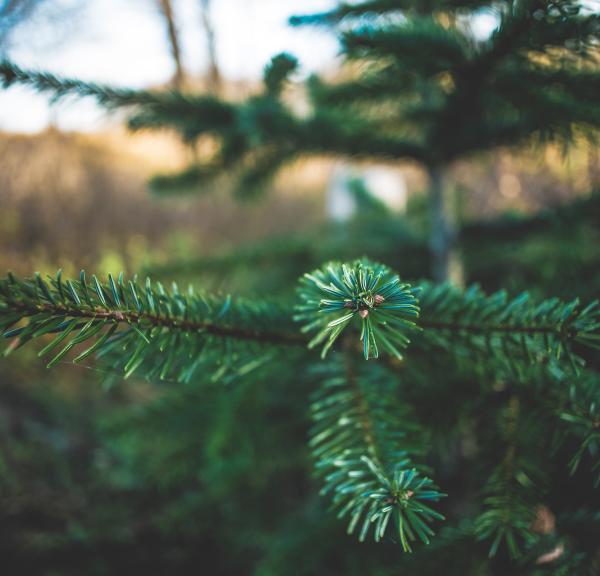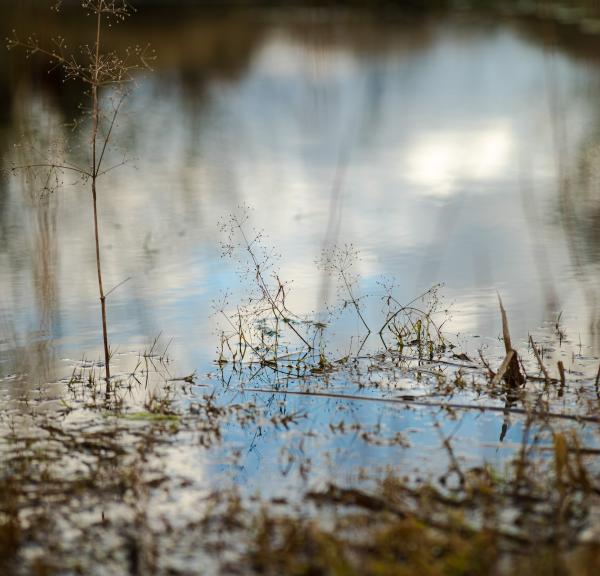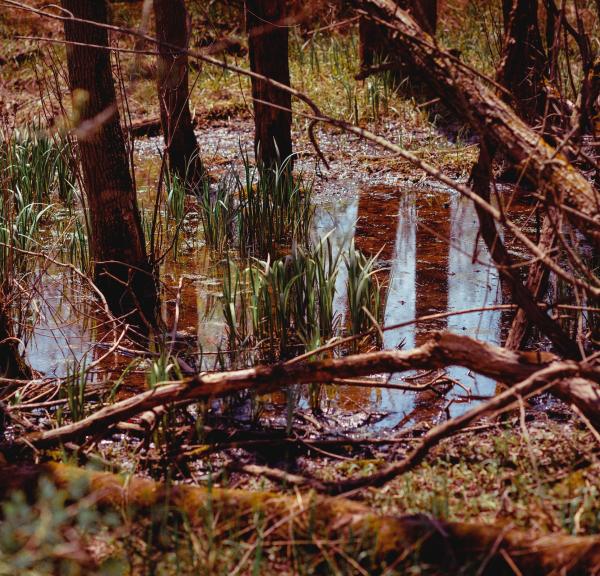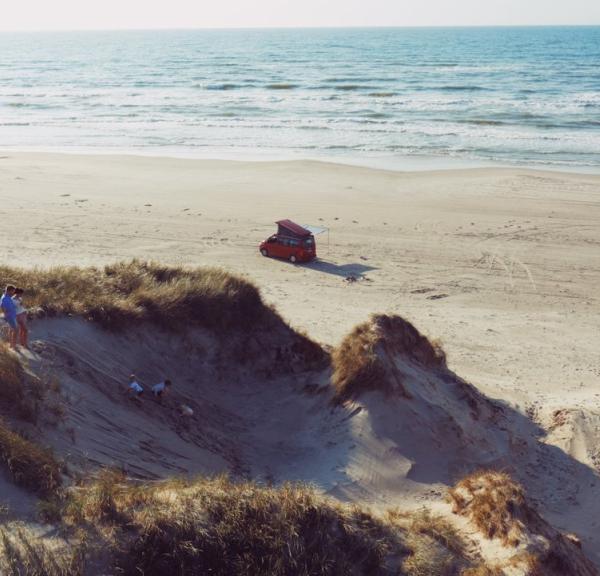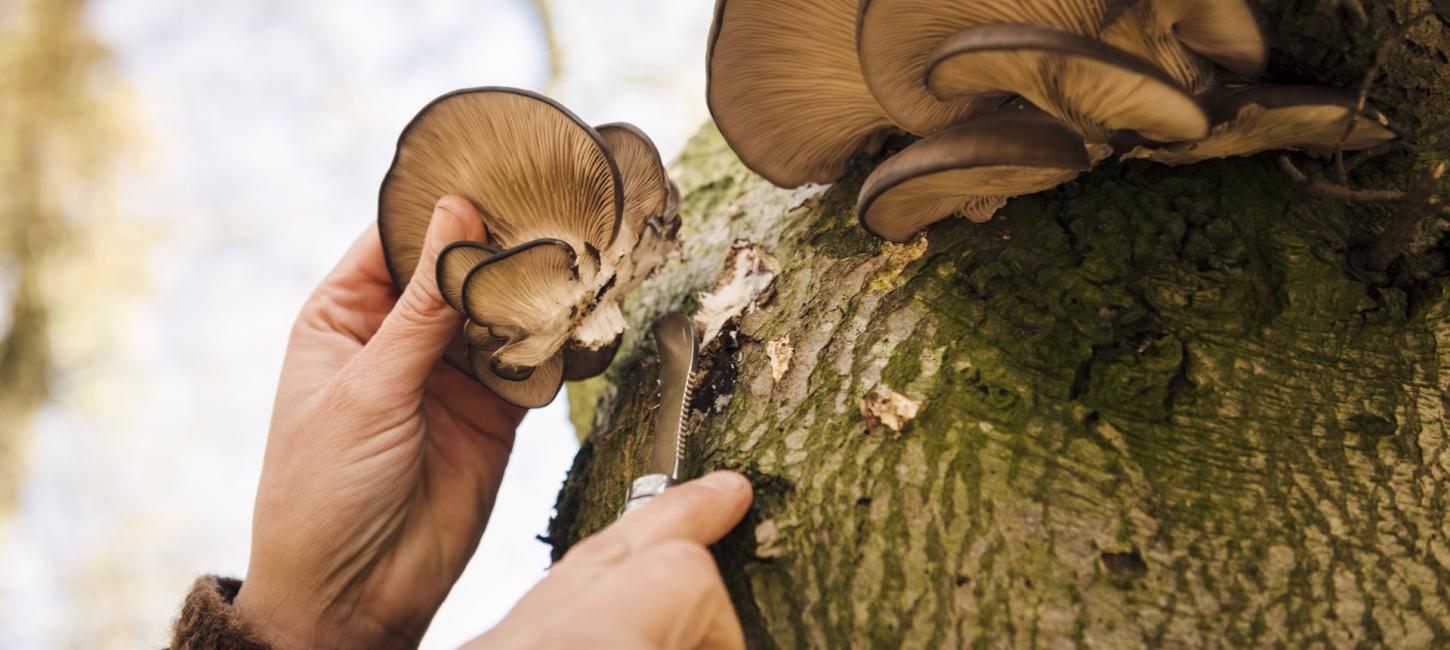
Go foraging
In western Jutland’s nature there is room for everyone. You will find large open areas where nature and wildlife are generally left to themselves and you will find a cornucopia of wild edible plants, berries and mushrooms.
| It is permitted to forage in western Jutland’s wild areas - this means that you can pick up edible plants, berries and mushrooms as long as it is for your own consumption and as long as what you pick up can fit in a single carrier bag. In the public forests you can forage anywhere you like. In the private forests, you are only permitted to forage what you can reach from the paths and roads. Beyond that, you will need to ask permission from the owner of the land. Remember to take good care of nature and the wildlife when you forage in western Jutland. Happy foraging! |
Download vores store sankeguide
Biotopes in western Jutland where foraging is allowed
Coniferous forests
Coniferous forests and plantations have pine and spruce trees. What characterises conifers is that they have needles instead of leaves. The carry these needles all year round, so not much light hits the forest floor and most of the coniferous forests are in shade throughout the year. The lack of sunlight means that only a few other species can grow there. The soil of a coniferous forest is a very special environment, because over time, the soil becomes acidic. Even though conifers are also called evergreens, they shed a lot of needles throughout the year. The needles contain acidic substances which makes it impossible for earthworms to survive and do their job in decomposing the dead plant matter on the forest floor. This means that the decomposition is left to fungi - and thus, coniferous forests are great places for foraging for mushrooms.
Deciduous forests
In Denmark, deciduous forests are characterised by broad-leaved trees that shed all of their leaves during the winter. Deciduous forests in Denmark include beech, pedunculate oak, winter oak, red oak, ash, linden trees and many others, and typical examples include:
Beech forests: Despite the beech tree being a native species in Denmark, most beech forests are planted by humans. Beech forests are found on both humus soil and moraine soil, but as the beech creates shade, for most of the year there is not a lot of flora on the ground. This means that there are also only a few species to forage for in beech forests.
Oak forests: The oak is also a native species in Denmark, and it got here before the beech trees. Where the soils are more fertile, the oak is outcompeted by the rapidly growing and more shady beech trees and therefore oaks are typically found in areas with slightly worse soils. Oak trees let a lot of sunlight through, and therefore there is typically a rich ground flora in oak forests. The old oak trunks are also homes to hundreds of different species of small animals, lichens and mosses. Oak forests are some of the most species-rich forests in Denmark and you will find many more species that can be foraged here than in, for example, a beech forest.
Alder swamps: This is a very characteristic kind of forest where red alder grows on waterlogged ground.
Mixed forest: As the ‘natural forest’ strategy is implemented, we are seeing more and more mixed forests. Birch, oak and rowan trees germinate on poorer soils while ash, alder and maple trees germinate on more nutrient-rich soils. As one would imagine, this mixture of species leads to greater opportunities for foraging for different foods.
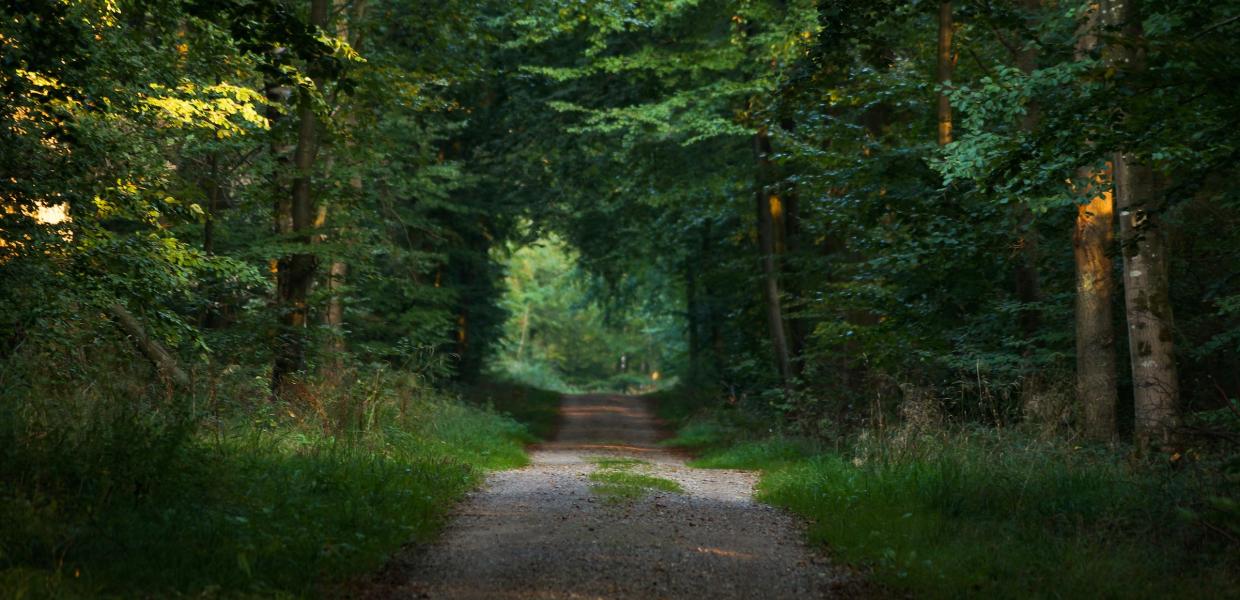
Photo:Can Aslan
Roadsides
Roadsides are ditches and verges alongside roads. Roadsides are some of the most widespread plantings in Denmark. Approximately half of Danish plant species grow on roadsides. However, roadsides are very diverse. A forest roadside will be very different from a roadside across open countryside. Roadsides on sandy soils will be very different from roadsides on rich topsoil. You will have an easier time finding the plants that you are looking for if you pay attention to what kind of landscape is around the edge of the ditch. Please remember to never forage alongside heavily trafficked roads, as the cars stir up asphalt dust into the air and this creates an unhealthy film over the plants. It is also best to avoid the places where weeds are sprayed with pesticides.
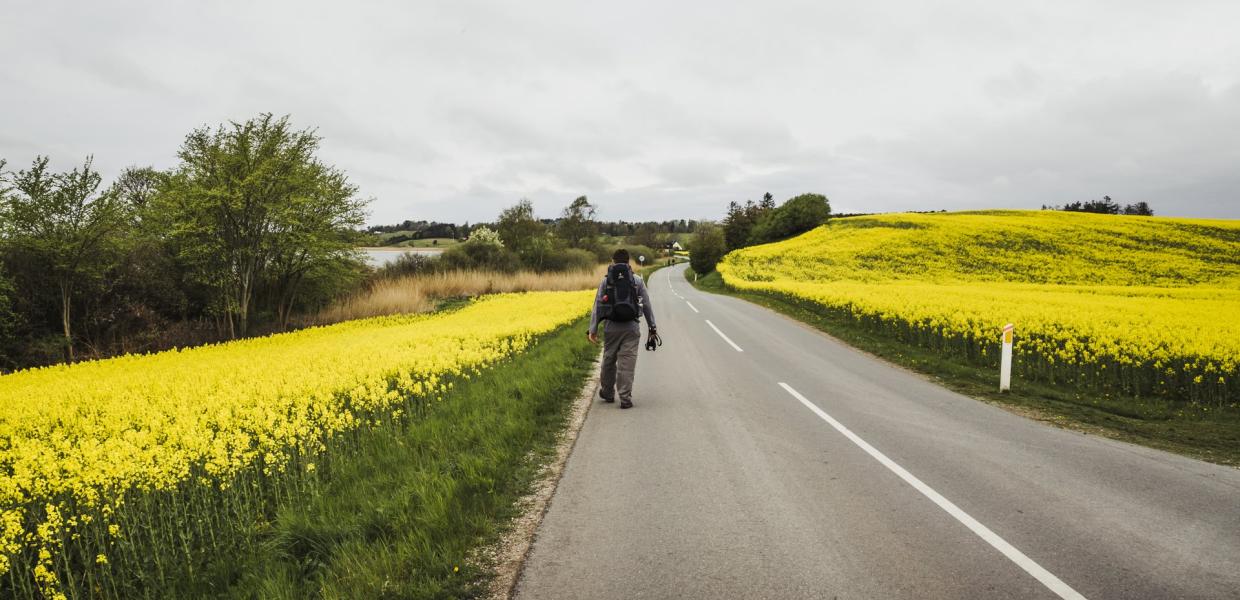
Photo:Sarah Green
Bogs
Bogs (and raised bogs) are areas where the water table is often high and only rainwater comes in, which results in mineral-poor soil. The raised bog rests on a peat layer up to several meters thick and rises above the surrounding terrain. Large tufts of mosses, heather, bell heather and other adapted species grow on the surface of the bog. In the lower areas of the bag, where the will often be shallow water, you will find narrow-leafed plants such as common cotton grass and moss.
Grasslands
Grasslands (or pasturelands) are open, often dry, areas with uncultivated grass, hills and slopes. This is a habitat type that depends on grazing animals or haymaking to keep the vegetation open. The word pasturelands originated from a time where villages had common areas for their animals to graze on far away from the cultivated areas that were closest to the farms. Today, pasturelands is mostly used to describe a habitat with a lot of different herbs and some scattered shrubs and trees. There are few habitats with as many flowers as pasturelands, and therefore butterflies and insects also thrive in such areas. What kinds of herbs are found depends on whether the pastureland or grassland has good moraine soil and is calcareous or if it is in sandy coastal areas.
Heathlands
Heathlands mainly consist of heather and grass on acidic and nutrient-poor sandy soils. What we know the heathland for above all is the shrubby heather, because there are not many species that can grow on the acidic and nutrient-poor sandy soil. Heathland can have both dry and wet areas. The moisture in the soil determines which plants will thrive. A heathland is a cultural landscape that depends on being used, either for grazing, mowing or burning. If the heathland is not exploited in one way or another, it will revert to becoming a forest. All heaths over 2500 m2 are protected under the Danish Nature Protection Act. It is not permitted to make changes to the conditions of protected heathlands and it is not permitted to use fertilisers there either. This means that heathlands are a great place to forage for herbs and berries.

Photo:VisitVesterhavet
Banks of lakes and streams
The banks of lakes and streams are the transition zone between water and land. The lushness and composition of the plants along the banks depends on the nutrient levels in the water and, in particular, on the nutrient inputs from the surrounding fields. Alongside nutrient-rich lakes and streams, there is often found a well-developed reed swamp or reed forest. The reed swamp often forms a buffer zone around the lake. Nutrient-poor lakes and streams are often located on nutrient-poor and sandy soils and are characterised by high acidity. In lakes and streams, there are three main groups of plants: true aquatic plants, amphibious plants and terrestrial plants that can grow in water. In terms of foraging, it is mainly the terrestrial plants that are exciting, but always remember to wear your rubber boots when you go to this kind of area.
Dunes - white, green and grey dunes
Dunes are formed from sand moved up by the wind. Dunes are categorised as either white, green or grey dunes. The outermost rows of dunes along the coasts are called white dunes and are typically covered with European beach grass or sea holly. Green dunes are green and flowery oases behind the white dunes. The green dunes have the highest number of plant species compared to the other types of dunes. On gray dunes, the sand is more gray due to dead plant matter and other organic material. On gray dunes you will find lichens and mosses and a number of other hardy plants. When foraging in dunes, extra care should be taken and existing paths should be used as the vegetation is very vulnerable to being stepped on or disturbed.
Tidal flats and coastal meadows
Tidal flats and coastal meadows are areas that are sometimes flooded by salt water and fed by fresh water. Along sheltered coastlines, coastal meadows can form where - due to the frequent flooding - some plants have special growing conditions. The sea deposits silt and clay which are left in the most sheltered bays and inlets. Plants find their way here, forming coastal meadows and salt marshes with patchy vegetation. Coastal meadows can typically be divided into zones where the vegetation differs depending on how much salt the plant can endure.

